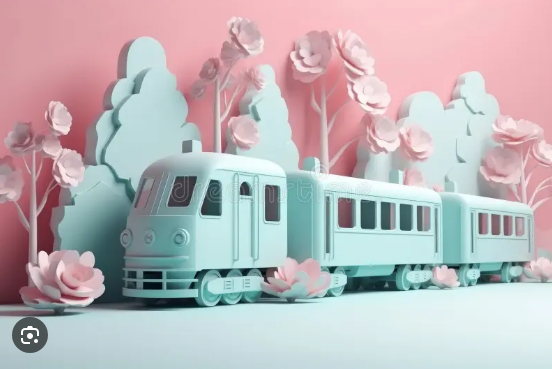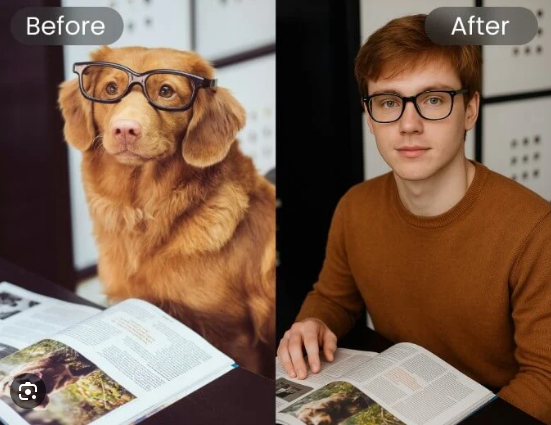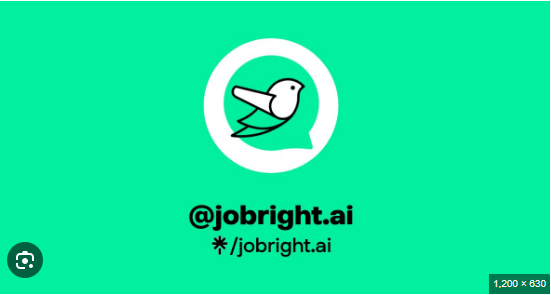In recent years, artificial intelligence has increasingly blurred the boundaries between technology and creativity. From composing symphonies to generating photorealistic images, AI is proving that it can master the artistic process in ways that were once unimaginable. One of the most exciting developments in this realm is AI’s ability to render art—creating visual pieces from scratch or based on input prompts. But how exactly does one train an AI to render art? The process involves a combination of data collection, model architecture design, training algorithms, and evaluation techniques. This guide walks through the key steps and considerations involved in training an AI to create compelling, original art.
1. Understanding What “Rendering Art” Means in AI
Rendering art through AI involves generating visual content—whether illustrations, digital paintings, or abstract imagery—that appears creative and aesthetically pleasing. This output can be guided by user prompts how to train a ai to render art previous examples style transfer, or completely autonomous generation (generative art).AI rendering can involve several techniques, including:
- Style transfer: Applying the style of one image to the content of another.
- Text-to-image generation: Creating an image from a textual description.
- Generative adversarial networks (GANs): Learning to create realistic images by training on a dataset of real-world art or images.
- Diffusion models: Progressively “denoising” random data into coherent images, now a leading method in AI art generation.
2. Choosing the Right Model Architecture
The success of an AI art model heavily depends on the underlying architecture. There are several approaches, each with strengths and limitations:
a. GANs (Generative Adversarial Networks)
GANs consist of two neural networks—a generator and a discriminator—working against each other. The generator creates new images, while the discriminator evaluates them. Over time, the generator learns to produce increasingly realistic images.
Famous example: StyleGAN developed by NVIDIA, known for creating highly detailed human faces and art.
b. Diffusion Models
Diffusion models work by reversing a process of adding noise to data, transforming noise into structured images over time. This approach, as seen in DALL·E 2, Stable Diffusion, and Midjourney, is currently state-of-the-art for text-to-image generation.
c. Autoencoders and VAEs
Variational autoencoders (VAEs) compress images into a latent space and reconstruct them. Though not as sharp as GANs or diffusion models, VAEs are easier to train and can be used for controlled image manipulation.
d. Transformers
Transformer-based models, such as DALL·E, combine NLP and vision capabilities to understand prompts and create corresponding visuals.
3. Curating a High-Quality Dataset
Training AI to render art requires feeding it a large dataset of visual art to learn from. The data must be carefully selected and preprocessed.
a. Dataset Sources
- Public domain art collections: Museums and galleries offer thousands of open-source artworks.
- Image repositories: Platforms like Wikimedia Commons, ArtStation, or Behance.
- Generated datasets: Collections like LAION-5B (used in Stable Diffusion) offer massive image-text pairs.
b. Labeling and Metadata
For text-to-image models, each image should be paired with descriptive metadata or captions. This allows the model to learn the connection between language and visual features.
c. Data Cleaning
- Remove low-quality or irrelevant images.
- Ensure consistent resolution and aspect ratio.
- Eliminate duplicates and mislabeled data.
4. Preprocessing and Data Augmentation
Before training, data needs to be preprocessed to make it usable for neural networks:
- Resizing: Standardizing image sizes (e.g., 256×256, 512×512).
- Normalization: Scaling pixel values to a range (usually 0–1 or -1 to 1).
- Augmentation: Techniques like rotation, flipping, and color jittering help prevent overfitting and improve generalization.
Augmentation is particularly useful when training on smaller datasets, as it simulates variety.
5. Training the AI Model
With data and architecture in place, the next step is training. This involves:
a. Choosing a Loss Function
Loss functions evaluate how far the model’s output is from the desired result. Common ones include:
- Adversarial loss (for GANs)
- Perceptual loss (comparing image features using pretrained networks)
- CLIP similarity loss (measuring alignment between text and image)
b. Optimization
Stochastic Gradient Descent (SGD) or Adam optimizers are commonly used. They adjust the model’s parameters iteratively to minimize loss.
c. Training Infrastructure
Training high-resolution art models requires substantial compute resources:
- Powerful GPUs or TPUs
- Distributed training for large datasets
- Checkpointing and regular validation
Training can take days or weeks, depending on the model size and dataset scale.
6. Fine-Tuning and Customization
Pretrained models like Stable Diffusion can be fine-tuned on custom styles, such as:
- A particular artist’s work
- A specific aesthetic (e.g., cyberpunk, impressionism)
- Brand-specific visual identity
Fine-tuning involves additional training on a small curated dataset, usually with lower learning rates to retain the original model’s general knowledge.
Popular methods include:
- DreamBooth: Teaches a model to generate art in a specific subject or style.
- LoRA (Low-Rank Adaptation): Efficient fine-tuning that doesn’t require retraining the full model.
7. Evaluating the Output
Once the model is trained, its performance must be evaluated using both qualitative and quantitative methods:
a. Visual Inspection
Does the output look realistic, creative, and on-theme? Are the compositions coherent?
b. User Feedback
Real users can rate the quality, usefulness, and aesthetics of generated images. This is valuable for improving prompt understanding and artistic direction.
c. Automated Metrics
- Inception Score (IS)
- Fréchet Inception Distance (FID)
- CLIP score (for text-to-image alignment)
These metrics offer a numerical way to compare models and track improvements.
8. Ethical Considerations
Training an AI to render art also comes with ethical concerns:
- Copyright: Using copyrighted artwork without permission can lead to legal and moral issues.
- Bias: If the dataset is skewed, the AI may reproduce cultural or aesthetic biases.
- Attribution: AI art often builds on the work of real artists—who gets credit?
- Misuse: AI-generated visuals could be used for misinformation, deepfakes, or inappropriate content.
Open disclosure of datasets, responsible licensing, and opt-out mechanisms for artists are steps toward more ethical AI art generation.
9. Applications of AI-Rendered Art
Once trained, an AI that can render art can be used in a range of industries:
- Game development: Concept art, environments, character designs.
- Marketing: Ad creatives, brand visuals, social media content.
- Publishing: Book covers, illustrations.
- Interior design: Generative décor previews.
- NFTs and generative art projects: Entire art collections created with algorithmic style.
10. Future Directions
As AI continues to evolve, the future of AI-rendered art includes:
- Real-time generation in AR/VR environments.
- Interactive art tools that blend human input with AI creativity.
- Multimodal experiences combining sound, motion, and visua ls.
- Better control over style, emotion, and detail in generated pieces. Ultimately, AI is not replacing artists but becoming a new tool in the creative toolkit—one that can expand what’s possible in visual expression.
Conclusion
Training an AI to render art is a multifaceted endeavor that merges the technical with the creative. From selecting the right model architecture to curating a clean dataset and fine-tuning the results, the process demands both computational skill and artistic sensibility how to train a ai to render art As tools become more accessible, we are witnessing a democratization of creativity, where anyone can tap into AI’s generative power to express ideas visually. While challenges remain in ethics, ownership, and quality, one thing is clear: AI-rendered art is no longer science fiction—it’s a vivid part of our artistic future.








Leave feedback about this